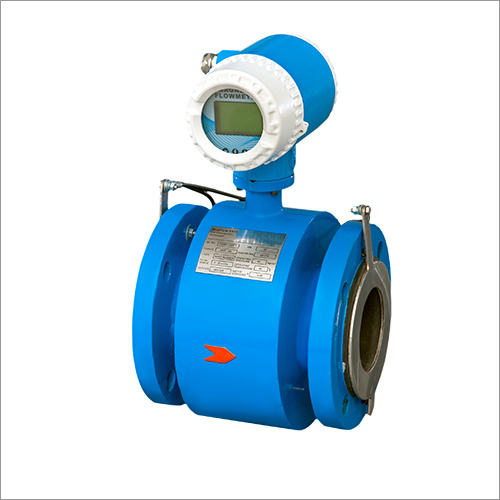

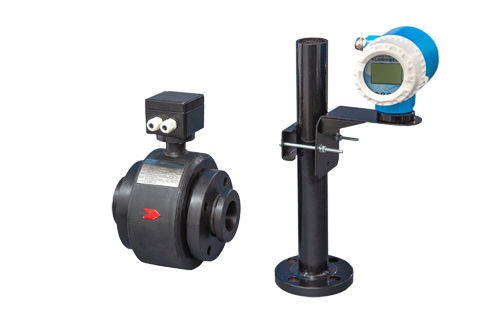


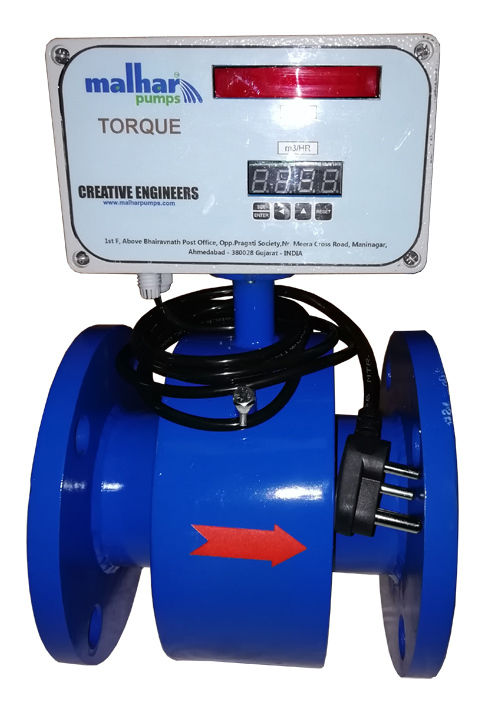
Electromagnetic Flow Meter
Product Details:
- Usage Industrial
- Color Blue
- Product Type Electromagnetic Flow Meter
- Material Metal
- Power Supply Electric
- Display Type Digital Only
- Click to view more
X
Electromagnetic Flow Meter Price And Quantity
- 1 Piece
Electromagnetic Flow Meter Product Specifications
- Digital Only
- Industrial
- Metal
- Electric
- Blue
- Electromagnetic Flow Meter
Electromagnetic Flow Meter Trade Information
- 10 Piece Per Month
- 7 Days
- All India
Product Description
An electromagnetic flow meter is a device used to measure the flow rate of a conductive fluid in a pipe or conduit. The basic principle behind this technology is Faradays law of electromagnetic induction, which states that a voltage will be induced in a conductor moving through a magnetic field. In an electromagnetic flow meter, a magnetic field is created by energizing the coils in the meters housing. As the conductive fluid flows through the meter, it generates a voltage proportional to its velocity. This voltage is detected by electrodes in contact with the fluid and is used to calculate the flow rate. One advantage of electromagnetic flow meters is that they can be used to measure the flow of almost any conductive fluid, including corrosive and abrasive fluids, as long as the fluids conductivity is high enough. They are also highly accurate and can measure flow rates over a wide range of velocities. However, they require a conductive fluid and may not work well with non-conductive fluids such as oils or gases. Electromagnetic flow meters are commonly used in industrial and municipal applications, including water treatment plants, chemical processing plants, and oil and gas pipelines. They are also used in various industries to measure the flow rate of liquids in a closed system, providing accurate and reliable flow measurement data for process control and optimization.Frequently Asked Questions: 1. How does an electromagnetic flow meter work? Ans: An electromagnetic flow meter works based on Faradays law of electromagnetic induction. When a conductive fluid flows through a magnetic field created by coils in the meters housing, it generates a voltage proportional to its velocity. This voltage is detected by electrodes in contact with the fluid and is used to calculate the flow rate. 2. What are the advantages of using an electromagnetic flow meter? Ans: One of the main advantages of electromagnetic flow meters is that they can measure the flow of almost any conductive fluid, including corrosive and abrasive fluids. They are also highly accurate and can measure flow rates over a wide range of velocities. They have no moving parts, so they are low-maintenance and can last a long time.3. What are the limitations of using an electromagnetic flow meter? Ans: Electromagnetic flow meters require a conductive fluid and may not work well with non-conductive fluids such as oils or gases. They also require a straight pipe run upstream and downstream of the meter to ensure accurate measurement. They are typically more expensive than other types of flow meters. Application Water Supply Networks, Chemical, Petrochemical and Process Industries (Only Conductive Liquids) Pharmaceutical Industries / Paper and pulp Industries / Fertilizer Industries / Beverage Industries Waste - Water management , Sugar, Food, Drug and Beverages Industries Effluent Treatment Plants, Aluminum, Steel, Mining and Dredging Industries Specification Suitable For Pipe Sizes : Dn 10 To Dn 2000 Media Conductivity (Min) : 10 Us / Cm (Consult Factory For 5 Us/Cm) Media Pressure : Pn 40 Up To Dn 80, Pn 16 Upto Dn 200 & Pn 10 Up To Dn 600 Media Temperature (Ptfe) : 0"-180c With Remote Transmitter 0"-120c With Integral Transmitter 0"-90c Max For Other Liners Material : Ss 316 (Non - Magnetic) Liner : Ptfe / Neoprene / Polyurethane Electrode : Ss / Hostelloy C / Ta / Ti / Pl End Connection / Flanges : Carbon Steel / Ss 304 / Ss 316 / Ss 316l Coil Housing : Carbon Steel / Ss, Epoxy Painted Transmitter : Cast Aluminum (Lm6), Epoxy Painted Power Supply : 110 / 240 V Ac + 15 % 50 Hz Power Consumption : 20 Va Analog Output : 4-20 Ma / Dc / 0-20 Ma Dc Communication Port (Optional) : Rs -23 / Rs - 485 Modbus Rtu Protocol Response Time : 5 Second Flow Velocity Range : 0.3 To 10 M/S Ingresss Protection : Ip - 65 (Ip 68 On Request) Led Display : 4 Digit Indication For Flow Rate And 8 Digit Indication For Totaliser Programming From Keyboard For Engineering Unit Accuracy : 0.5 % Of Measured Value (Calibrated) A Eference Conditions Accuracy : 2 % Of Span For Flow Between 0 To 100 % : Refer Error Diagram Reference Conditions Power Supply : Nominal Ambient Temperature : 25 + 2c Load Resistance : 500 Repeatability : + 0.2% Of Span Effect Of Ambient Temperature : Less Then 0.2% Per 10c Effect Of Power Supply : Less Then 0.1% Per 10% Voltage Variation Effect Of Load Resistance Less Than 0.1% Of SpanFAQs of Electromagnetic Flow Meter:
Q: What type of display does the Electromagnetic Flow Meter have?
A: The Electromagnetic Flow Meter is equipped with a digital display only.Q: What is the power supply type for the Electromagnetic Flow Meter?
A: The Electromagnetic Flow Meter uses an electric power supply.Q: What is the primary usage of the Electromagnetic Flow Meter?
A: The Electromagnetic Flow Meter is designed for industrial usage.Q: What is the color of the Electromagnetic Flow Meter?
A: The Electromagnetic Flow Meter comes in blue color.Q: What material is used to manufacture the Electromagnetic Flow Meter?
A: The Electromagnetic Flow Meter is made from metal.Tell us about your requirement

Price:
Quantity
Select Unit
- 50
- 100
- 200
- 250
- 500
- 1000+
Additional detail
Mobile number
Email





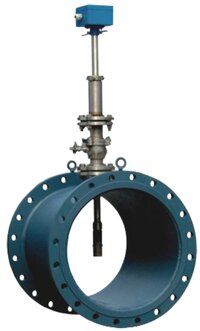


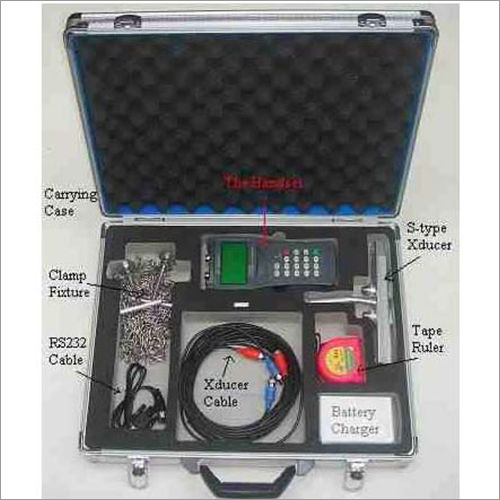

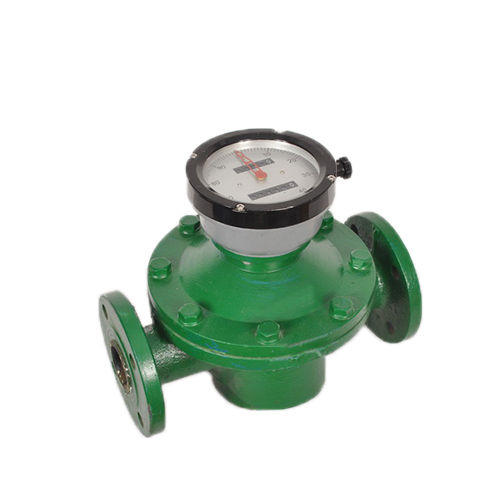
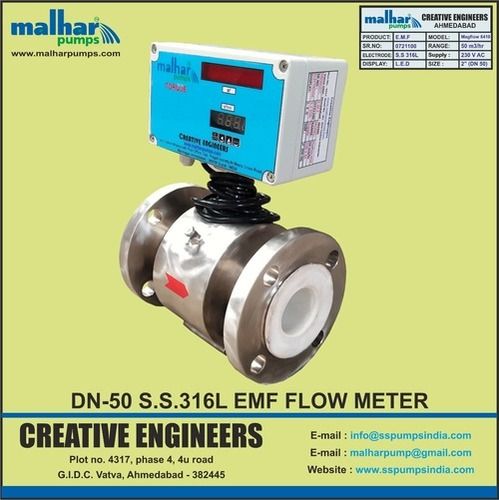
 Send Inquiry
Send Inquiry Send SMS
Send SMS Call Me Free
Call Me Free
